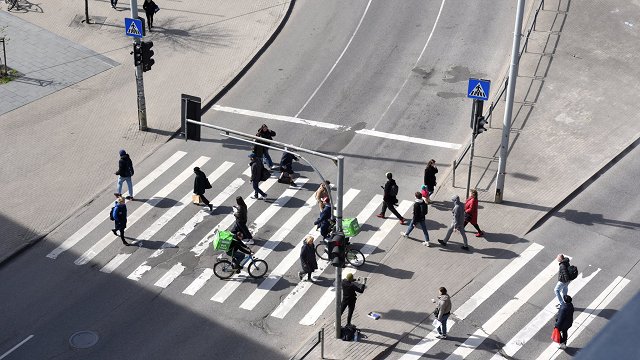Compared to the year before, the unadjusted gender pay gap has grown by 2.5 percentage points.
In line with the European Union methodology the indicator is estimated based on the results of the Structure of Earnings Survey conducted once in four years (the last one in 2018). In years when the survey is not conducted, a provisional indicator is calculated using the data on the first quarter of the year submitted in statistical report on labor.
The gap in earnings of males and females is affected by various social and economic factors – the number of men and women in a specific economic activity, their occupation and work duties, educational attainment, age, service increment, number of hours worked, as well as labour supply and demand trends and structural changes in the labour market. The indicator is calculated without excluding the effect of these factors, which might explain the reasons for the gap.
In 2022 the largest unadjusted gender pay gap was observed in arts, entertainment and recreation – 37.2 % (denoting that women on average earn 37.2 % less per hour than men) as well as information and communication – 34.0 %. Unadjusted gender pay gap exceeding 20 % was registered in seven more economic activities (where it varied between 28.9 % and 20.2 %): financial and insurance activities; professional, scientific and technical activities; mining and quarrying; wholesale and retail trade; repair of motor vehicles and motorcycles; manufacturing; administrative and support service activities; as well as other service activities. In six other economic activities the indicator varied between 7.2 % and 19.5 %. Whereas public administration as well as transportation and storage had a gap of just 0.6 % and 1.7 %, respectively. In electricity, gas, steam and air conditioning supply, in turn, women earned 6.1 % more than men.






























